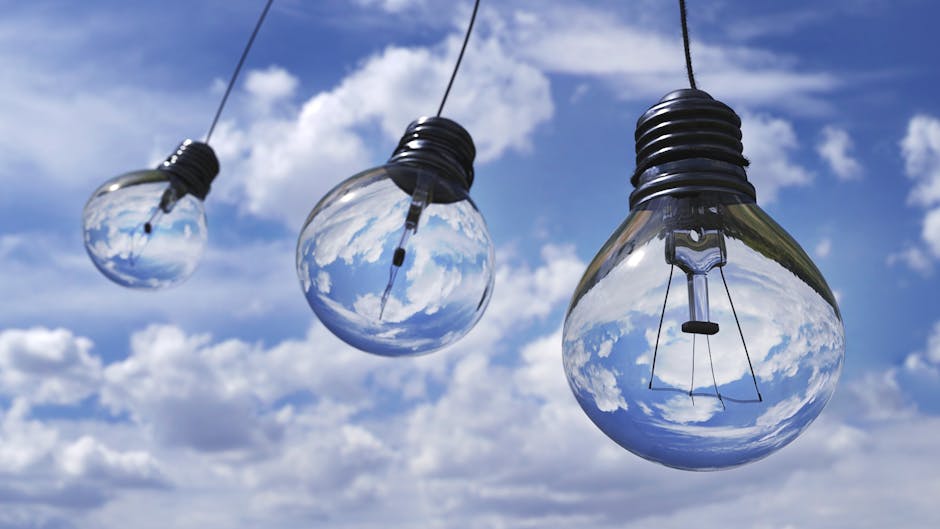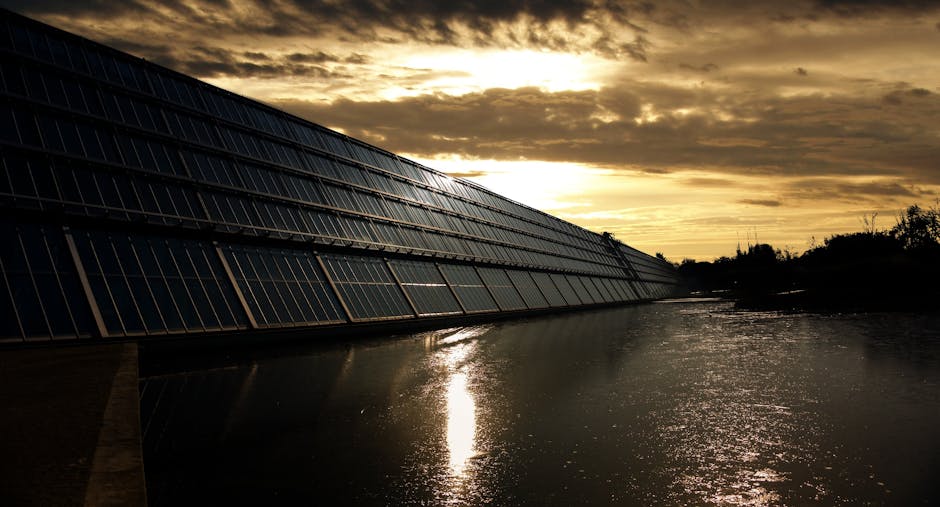Understanding the Basics of Renewable Energy
Did you know that about 29% of the world’s electricity comes from renewable sources? This number is growing every year as more people become aware of the need for cleaner energy. But what exactly is renewable energy, and why should you care? Lets dive into the basics!
What is Renewable Energy?

Renewable energy comes from natural sources that can replenish themselves. This means they won’t run out over time, unlike fossil fuels like coal, oil, and natural gas. Common types of renewable energy include:
- Solar Energy: Captured from the sun using solar panels.
- Wind Energy: Generated by wind turbines that convert wind into electricity.
- Hydropower: Created from flowing water, often through dams.
- Biomass: Comes from plant materials and animal waste.
- Geothermal Energy: Sourced from heat stored beneath the Earths surface.
These energy sources are crucial for reducing our carbon footprint and fighting climate change. By using them, we can create a cleaner and healthier planet.
Why Should We Use Renewable Energy?

You might wonder, why switch from fossil fuels to renewable energy? Here are a few compelling reasons:
- Environmental Benefits: Using renewables reduces greenhouse gas emissions, which contribute to global warming.
- Energy Independence: Countries can produce their own energy, reducing reliance on foreign oil.
- Job Creation: The renewable sector is growing rapidly, creating millions of jobs.
- Cost-Effectiveness: Over time, renewables can be cheaper than fossil fuels, especially with technology advancements.
In short, renewable energy helps protect our planet and can save us money in the long run.
How Does Solar Energy Work?

Solar energy is one of the most popular forms of renewable energy. But how does it really work? Heres a simple breakdown:
- Solar Panels: These panels capture sunlight and convert it into electricity.
- Inverter: This device turns the direct current (DC) electricity from the panels into alternating current (AC) electricity, which powers your home.
- Grid Connection: If your home generates more electricity than you need, excess energy can be sent back to the power grid.
Solar panels can be installed on rooftops or in large solar farms. They are a fantastic way to harness the suns energy, especially on sunny days!
How Does Wind Energy Work?

Wind energy is another powerhouse in the renewable sector. So, how does wind energy get transformed into electricity?
- Wind Turbines: These tall structures have blades that spin when the wind blows.
- Generator: The spinning blades turn a generator that produces electricity.
- Transmission Lines: The electricity is then sent through power lines to homes and businesses.
Wind farms can be found on land or offshore, where winds are typically stronger. They provide a clean and sustainable way to generate power.
What About Hydropower?
Hydropower is one of the oldest forms of energy. It uses flowing water to produce electricity. Heres how it works:
- Dams: Water is stored in large reservoirs behind a dam.
- Water Flow: When the water is released, it flows through turbines, spinning them.
- Electricity Generation: As the turbines spin, they generate electricity.
Hydropower is reliable and can produce large amounts of electricity. However, it can impact local ecosystems, which is why it needs to be managed carefully.
What is Biomass Energy?
Biomass energy comes from organic materials like plants and animal waste. It might sound unusual, but here’s how it works:
- Collection: Farmers and companies collect leftover plant materials and waste.
- Conversion: These materials are burned or converted into biofuels.
- Energy Production: The burning process produces heat, which can be used to create steam and generate electricity.
Biomass energy is renewable and helps reduce landfill waste. However, it also needs to be managed to avoid overuse of resources.
What About Geothermal Energy?
Geothermal energy taps into the Earths internal heat. Heres how it works in simple terms:
- Heat Wells: Hot water or steam is accessed by drilling deep into the Earth.
- Energy Conversion: The steam turns turbines to generate electricity.
- Direct Use: The hot water can also be used directly for heating homes or greenhouses.
Geothermal energy is reliable and available 24/7, making it a solid option for sustainable energy.
Common Misconceptions About Renewable Energy
Lets clear up some common myths about renewable energy:
- Myth 1: Renewable energy is always too expensive.
- Myth 2: Solar panels only work when the sun is shining.
- Myth 3: Wind turbines are too noisy and harm wildlife.
In reality, the cost of renewables has dropped significantly in the past decade. Solar panels can store energy for cloudy days, and modern wind turbines are designed to minimize noise and wildlife impact.
What Can You Do to Support Renewable Energy?
Interested in supporting renewable energy? Here are some simple actions you can take:
- Consider installing solar panels on your home.
- Choose green energy options from your utility company.
- Support local renewable energy projects.
- Educate others about the benefits of renewable energy.
Each little action can help create a cleaner future for our planet!
Conclusion: Embrace Renewable Energy
Understanding renewable energy is essential in todays world. It offers us a cleaner, sustainable way to power our lives. From solar to wind to geothermal, each source plays a part in reducing environmental impact.
As we transition to a more sustainable future, your choices matter. By embracing renewable energy, you help pave the way for a healthier planet. Lets work together to harness the power of nature for generations to come!
For more information on renewable energy sources and their benefits, visit Energy.gov.


